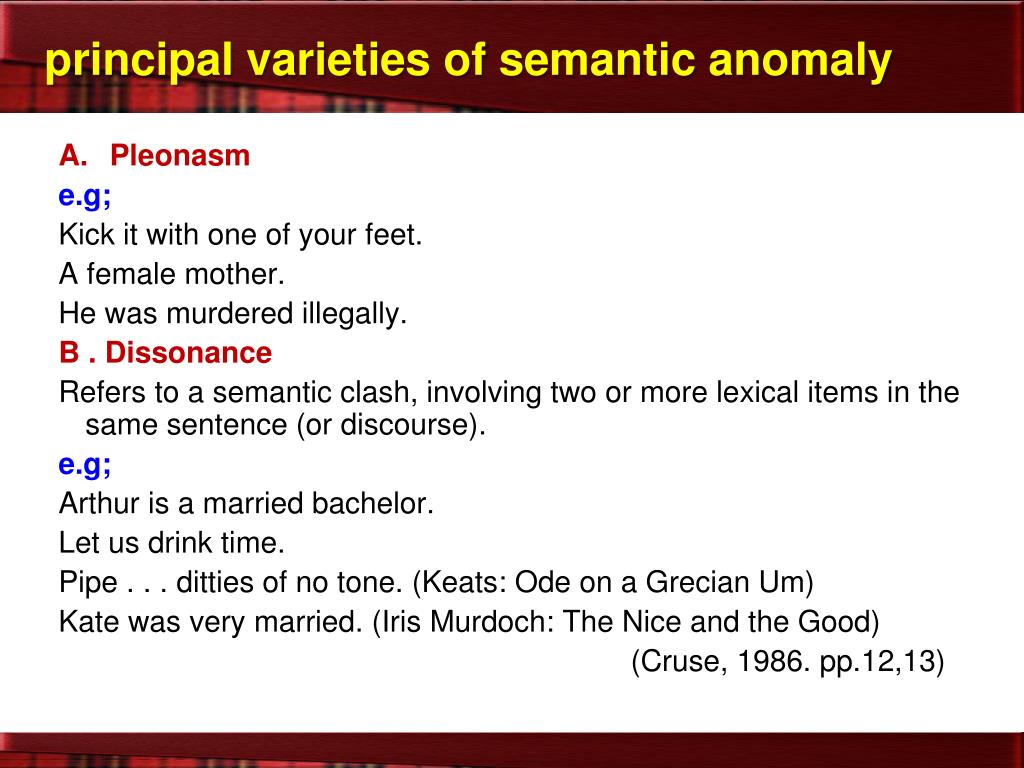

Introspective linguistic judgments about the well-formedness of linguistic stimuli have long been regarded as one of the most important sources of evidence in linguistics, essentially forming its empirical base ( Wexler et al., 1975 Carr, 1990 Schütze, 1996/2016 Baggio et al., 2012). Since the use of the terms “acceptable” and “grammatical” is often found in experiments that constitute the core of the evidential base of linguistics, disentangling their various uses is likely to aid the field reach a better level of terminological clarity. Last, it is shown that there are n ways of unacceptability, and two ways of ungrammaticality, in the absolute and the relative sense. We then discuss whether the acceptability of grammatically ill-formed sentences entails that we assign a meaning to them. First, we adduce a number of examples for both cases, including grammatical illusions, violations of Identity Avoidance, and sentences that involve a level of processing complexity that overloads the cognitive parser and tricks it into (un)acceptability. The present work reaffirms that these two notions and their scales do not coincide: there are sentences that are acceptable, even though they are ungrammatical, and sentences that are unacceptable, despite being grammatical. Although certain scholars have argued that acceptability and grammaticality are two separable notions that refer to different concepts, there are contexts in which the two terms are used interchangeably. 3Norwegian University of Science and Technology, Trondheim, NorwayĪ search for the terms “acceptability judgment tasks” and “language” and “grammaticality judgment tasks” and “language” produces results which report findings that are based on the exact same elicitation technique.2Arctic University of Norway, Tromsø, Norway.1Universitat Rovira i Virgili, Tarragona, Spain.Evelina Leivada 1* and Marit Westergaard 2,3


 0 kommentar(er)
0 kommentar(er)
